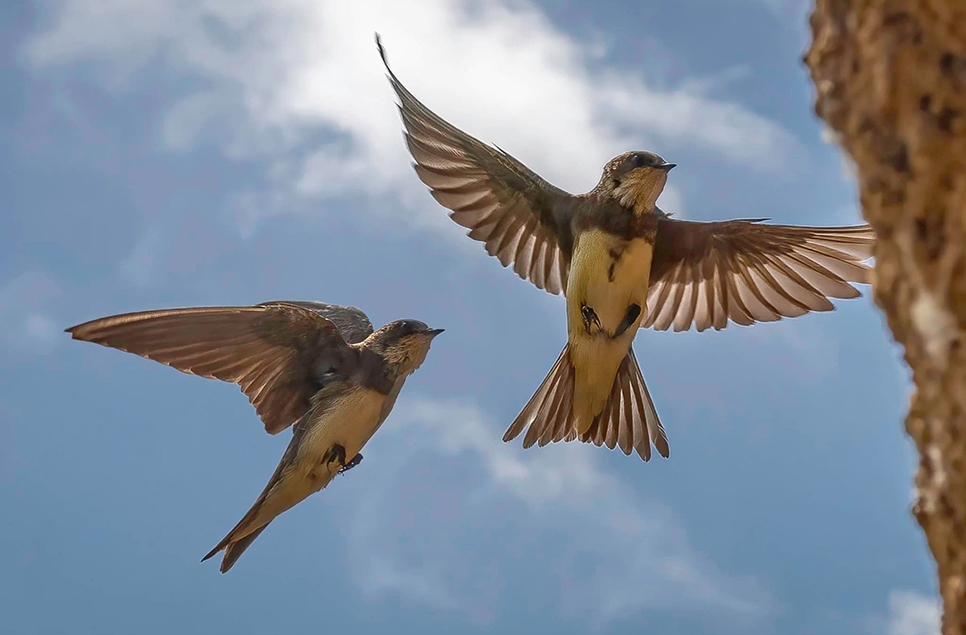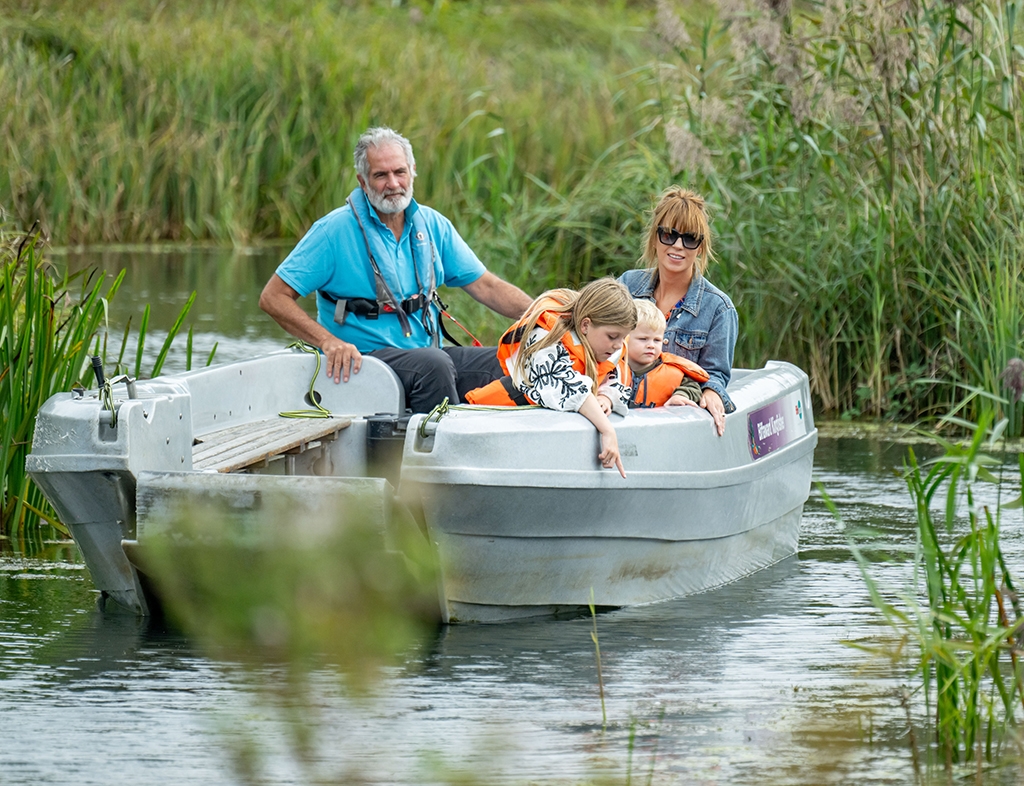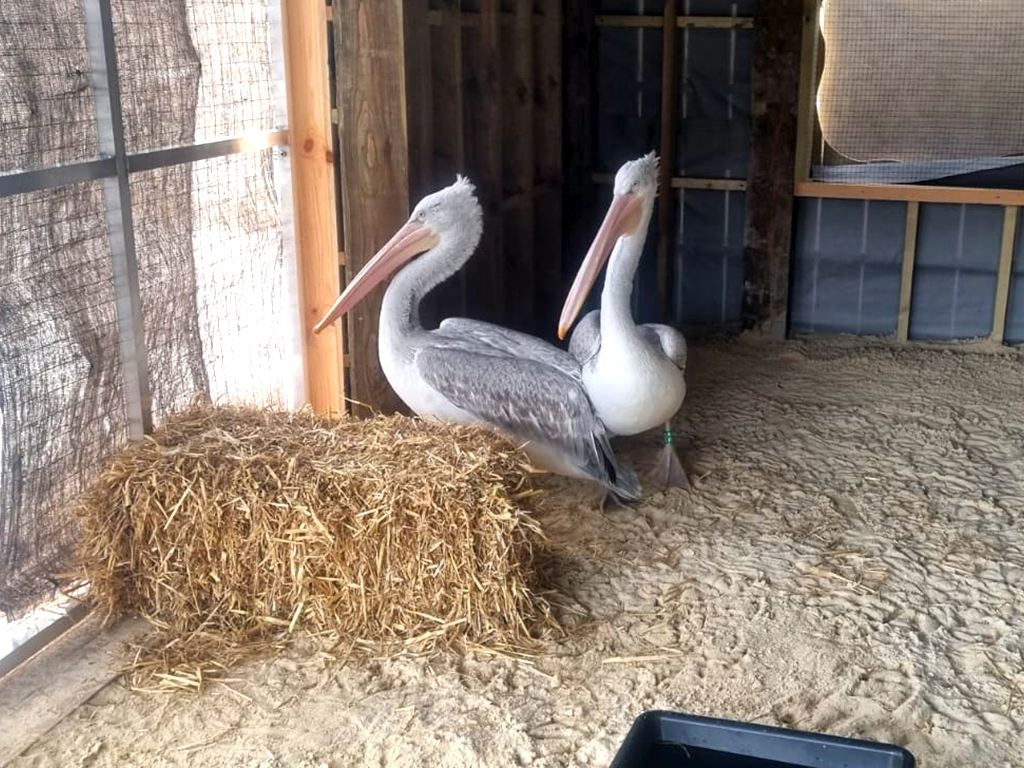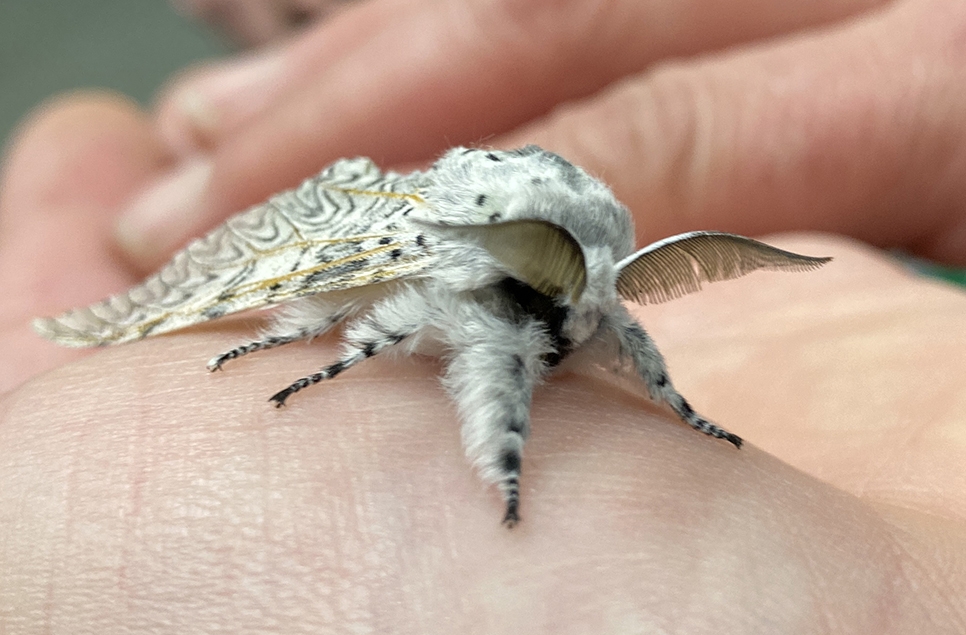Winter working on the Reserve
Our Reserve team are even busier in winter managing habitats for breeding birds in springtime.
Winter at WWT Arundel Wetland Centre is the busiest time of year for our Reserve team.
In the rain and wind they tackle larger projects they cannot complete in spring and summer when there is a risk of disturbing wild birds, ducks and swans nesting onsite. The Reserve wardens - a staff of three plus devoted volunteers - work outside in challenging conditions, maintaining wetlands and preparing habitats to welcome breeding birds in spring.
Surveying
The Reserve team does some wildlife surveying all year around. There is a wild bird count onsite each morning and once a month they do a more intensive WeBS survey (Wetland Bird Survey).
In autumn and winter the teams adds a monthly harrier survey and feeds this info into a larger survey that is run by The Hawk and Owl Trust.
This winter there are up to three hen harriers in the Arun Valley, and recently these have been sighted during the evening roost coming into WWT Arundel. There are also up to 14 marsh harriers in the valley and we are averaging 10-11 onsite at WWT Arundel for the roost each day.
Reserve Manager Suzi Lanaway said: “The harriers seem to know when it’s a survey day and don’t show or we've been unlucky with the weather- the highest number of marsh harriers we’ve recorded on our official count days is nine.”
A bittern has been spotted in the reedbed this week as well, causing excitement for staff and visitors alike.
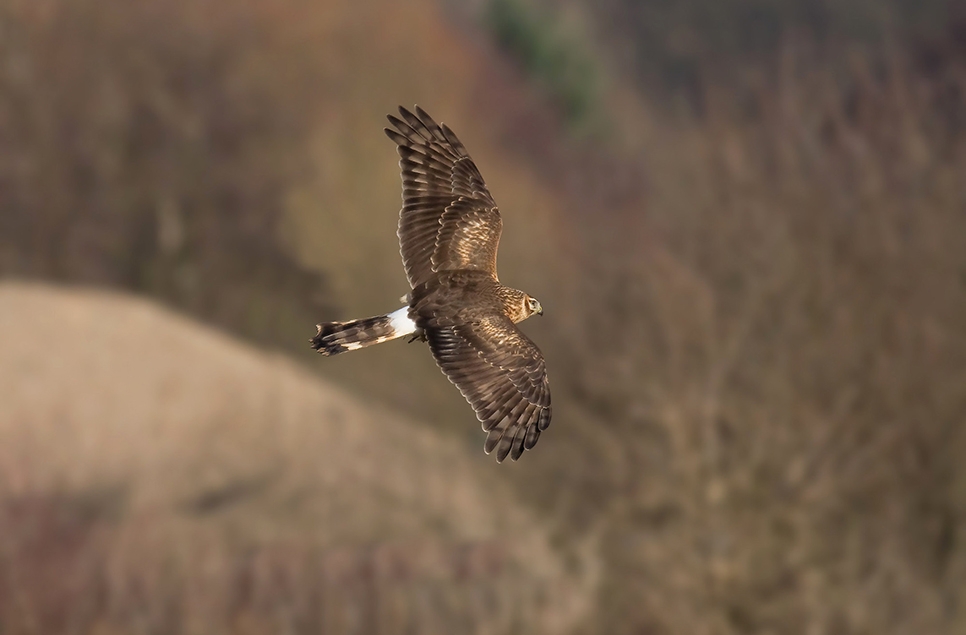 Hen harriers are roosting in the Lost Reedbed this winter, too.
Hen harriers are roosting in the Lost Reedbed this winter, too.
Suzi and Paul Stevens will attempt to finish counting and cleaning the nesting holes from the right “wing” in the Sand Martin this week. After the 17 nests found in the left side of the hide we are looking forward to getting a final count. The recent cold weather likely means the brown long-eared bat is still hibernating inside the hide, so we may be in suspense a bit longer.
Completed projects
In autumn the Reserve team began overseeing contractors onsite to repair the Wetlands Discovery Track. This involved repairing and reinforcing the badly rutted track . This crucial behind the scenes “road” gives our teams vehicular access to the Wet Grassland areas and the back of Wetland Discovery boating channels. This project was finished in November.
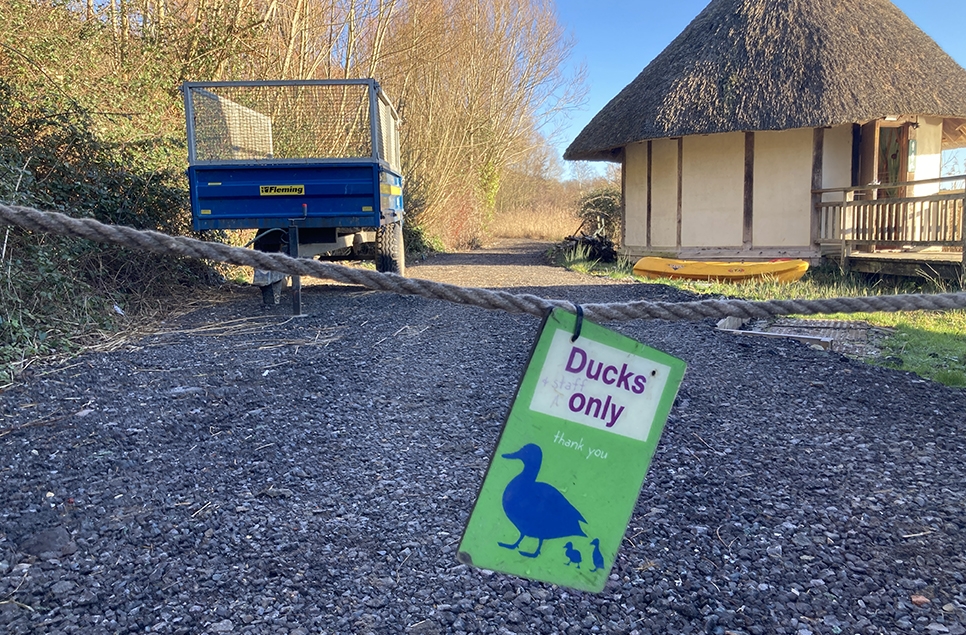 The completed access road
The completed access road
The road is also a secondary means of access to the area we call the “Black Rabbit Triangle”. The Reserve team manages this area outside our perimeter fence that has ephemeral ponds and a chalk bank butterfly habitat. This is also a holding area for the cattle that graze the wet grassland in summer months.
The Reserve team also had contractors onsite to desilt the main channel in front of the Lapwing hide. Silt was also removed from the main grips to and from the large pond on the wet grassland. The project involved clearing out the sluices to enable us to control water levels here.
Some of the most gruelling work in the winter months are the reedbed cuts. The compartmental cut on the section of the reedbed visible from the boardwalk was done by hand with power tools. This cut took down willow trees to inhibit the succession of reedbed to woodland. The reeds are cut to promote reed vigour and dominance in the reedbed. By next summer the phragmites will once again be head height. The section of reeds cut is on a nine year cycle.
The team did a cut in our off-show “Lost Reedbed” area in December ago. This sections for this cut are rotated every six years.
Plant cutting waste from the reedbeds are moved to our green waste piles where they are collected by a contractor and composted off site. Most willow and other trees are wood chipped and reused here at WWT Arundel to replenish wood chipped pathways. Some cuttings are burned when access to move them is limited by location and conditions.
Visitors sometimes ask “does this cutting work disturb the birds?” It doesn’t seem to - stonechats are like the robins who hang out around gardeners. The stonechats follow the cutting team around, enjoying easy access to bugs and worms. Gold crests will do this, too.
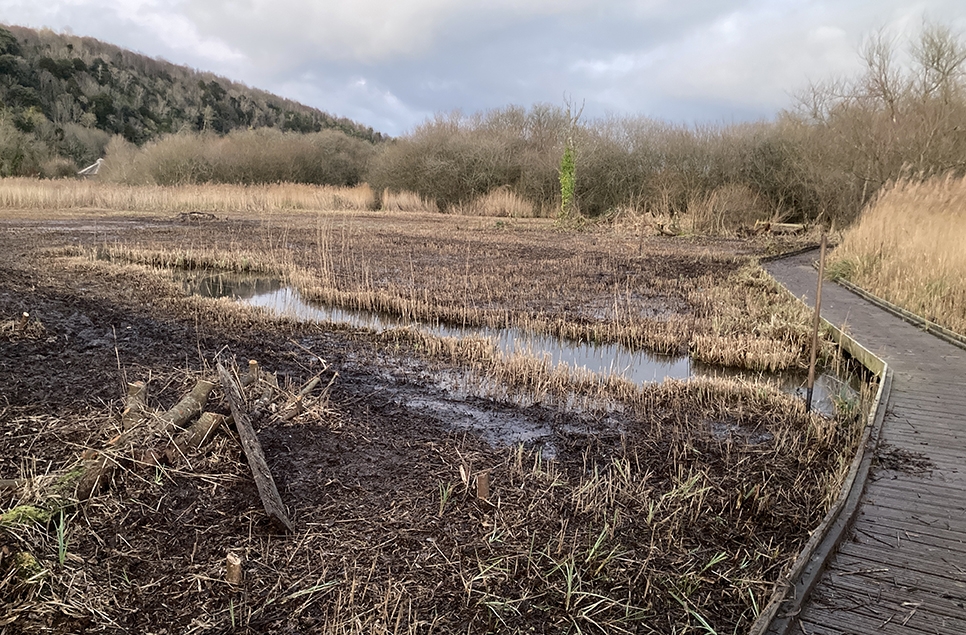 The cuts in the reedbeds are done by hand by our Reserve Wardens to remove willow and re-invigorate the wetland reed growth.
The cuts in the reedbeds are done by hand by our Reserve Wardens to remove willow and re-invigorate the wetland reed growth.
The to-do list
Still ahead this winter for the team is hedgerow trimming. They need to finish this before March first. Hedgerows should not be disturbed from March first through end of August to avoid disturbing breeding birds.
Its also back to the reedbed to clean up the edging on the water channels. After the desilting work on the wet grassland these areas still need to but cut as the ground nesting lapwings need short grass they can see over. The team hopes to get a cut in on the front pond as well so visitors could have an easier time spotting toad tadpoles this spring.
Go Wild
The reality for our Reserve Wardens is they work very hard, outside, in all-weathers. Their reward is the amazing wildlife that make WWT Arundel home – the winter migrants, and the breeding birds that return in spring and the species in Sussex we see all year.
WWT Arundel Wetland Centre is open all year around. Come in and see something amazing!
